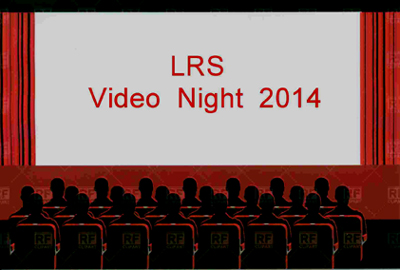
Peter Dick GM4DTH put together a very interesting programme of films which he presented in the excellent screening room of the Edinburgh Cine & Video Society, of which he is also a member.
1. The Tower of Babble (1964) – Rank Look at Life short (8 min) – Post Office Tower.
2. The Long Span (1964) – film by Jim Henry of ECVS (32 min) – Forth Road Bridge.
3. The Secret Wireless War: Beyond Bletchley Park (2002) Grindelwald Prodns (57 min)
– the VI (Voluntary Interceptor) Service, told by veterans.
1. THE TOWER OF BABBLE
The short 35mm film documented the construction of the Post Office Tower in the early 1960s in the heart of central London, and described how it was part of a nationwide and international network of towers for the communication of telephones, television etc.
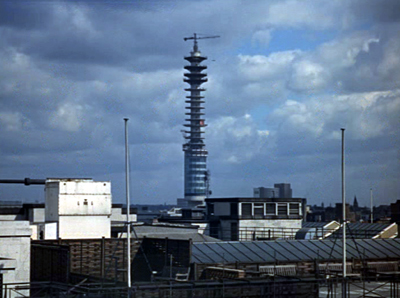
Construction well under way.
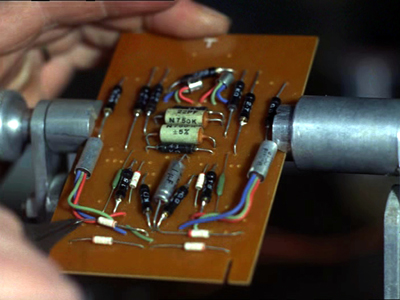
State of the art transistor circuit board in the early 1960s
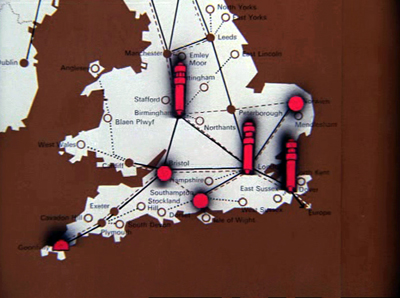
Map showing the network of towers including one for the cross-channel Eurovision link.
2. THE LONG SPAN
16mm film by Edinburgh Cine & Video Society member Jim Henry documenting the construction of the Forth Road Bridge in the early 1960s.
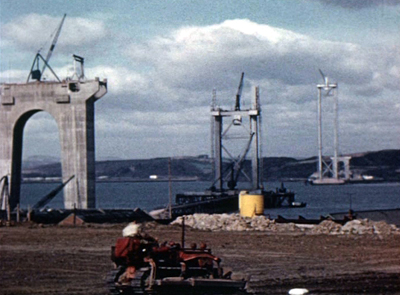
Construction of the towers.
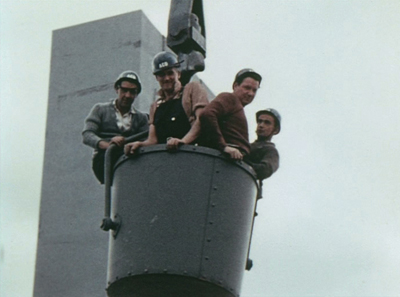
The film contained many shots of construction workers being lifted in crane buckets and walking along unprotected girders, leading one member to note, “obviously before the days of Health & Safety”!
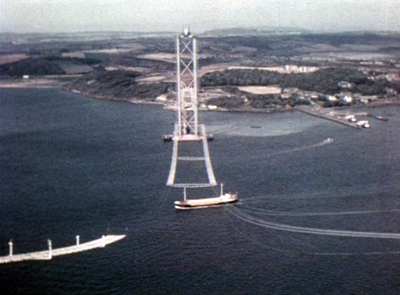
Spinning the suspension cables.
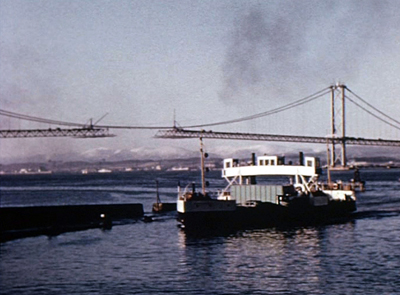
Approaching the join-up of the two halves of the bridge, which happened with perfect precision.
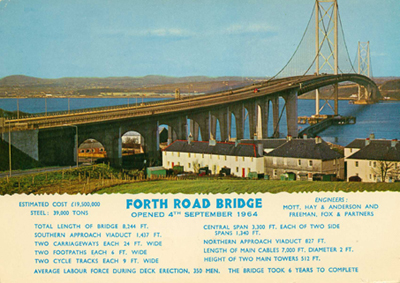
Contemporary postcard giving the technical details of the completed bridge.
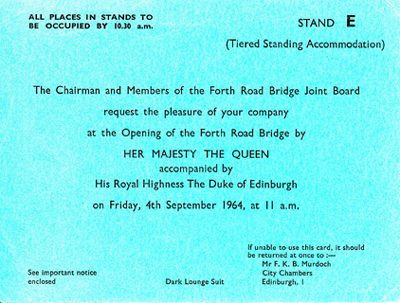
LRS member Alan GM3PSP was fortunate to attend the opening of the bridge by HM the Queen in 1964 and remembers the day as very foggy with poor visibility. This is his treasured invitation card.
3. THE SECRET WIRELESS WAR: BEYOND BLETCHLEY PARK
This film documents the part played by Radio Amateurs and Short Wave Listeners in the VI (Voluntary Interceptor) Service in WWII. Over 1500 were located all over the UK to try to ensure reliable reception in spite of ionospheric skip effects. Using very simple equipment they received encrypted morse code signals from German stations and passed them to Blechley Park for Enigma decoding by Alan Turing and his colleagues, providing vital information which is regarded as having shortened the war considerably. Multiple reports of the same transmitting station were correlated to fill in missing characters and to verify correct reception.
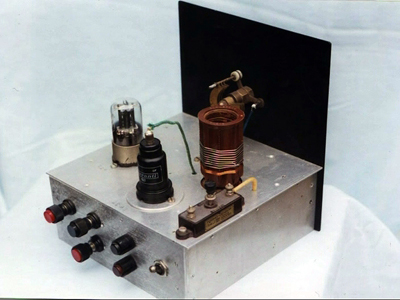
This simple 2-valve Eddystone receiver built from a kit was typical of those used by the VI operators. Its sensitivity was as good as commercial receivers but its poor selectivity required the operator to pick out the required signal from several that were audible simultaneously.
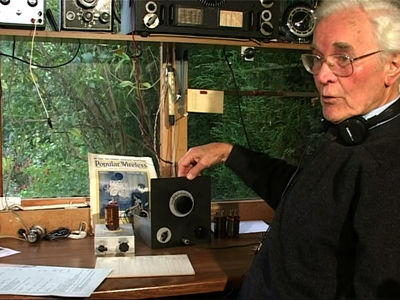
Eddystone 2-valve kit receiver being demonstrated by VI listener Bob King, who became G3ASE in 1946.
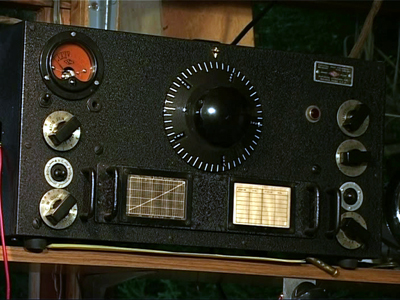
The National HRO receiver was used by military stations but was not available to Amateurs at that time.

VI operators were given a schedule of times and frequencies to listen on. They recorded the 5-letter groups on these log sheets which were sent to “PO Box 25 Barnet” from where they were forwarded to Bletchley Park.
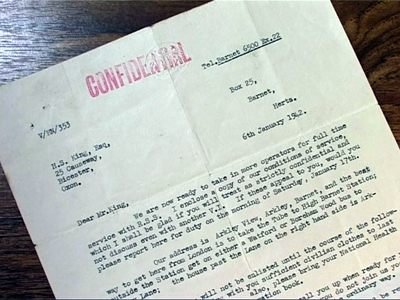
Letter received by Bob King inviting him to consider joining the VI Service.
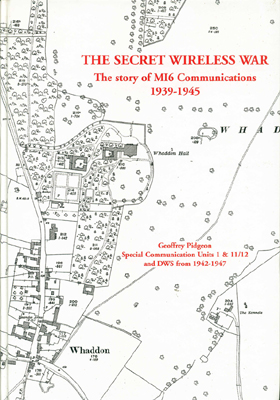
Much of the content of the film (and much more) is very well documented in this book, “The Secret Wireless War” by Geoffrey Pidgeon, UPSO (2003). It includes references to several VI listeners who appear in the film.
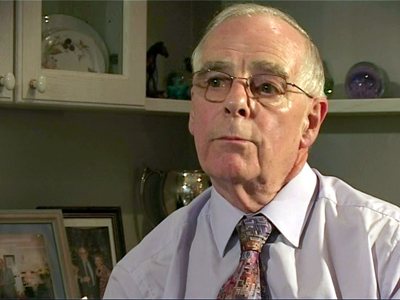
Geoffrey Pidgeon, VI listener and author of the above book.
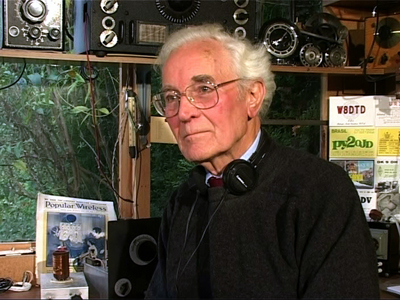
Bob King G3ASE who is mentioned in the book.
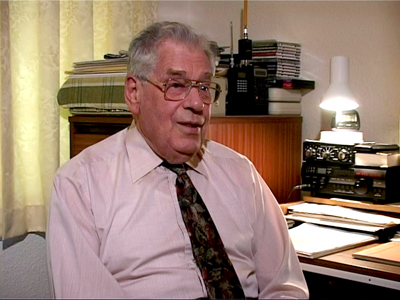
Wilf Neal, who has a whole chapter in the book describing his role as an SCU (Special Communications Unit) operator for General Patton’s 3rd Army, receiving the decrypted messages sent by Bletchley Park (after re-coding using one-time pads).
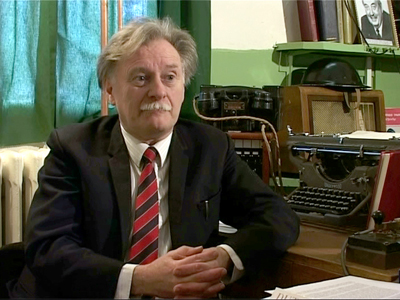
David White G3ZPA, founder of the Bletchley Park Wireless Museum.
